Featured Photo Above:
Addie Joos Benefit Game, July 24, 1911
(Color Restoration by Chris Whitehouse of They Played in Color website)
Baseball History Comes Alive Now Ranked As a Top Five Website by Feedspot Among All Baseball History Websites and Blogs!
(Check out Feedspot's list of the Top 35 Baseball History websites and blogs)

Guest Submissions from Our Readers Always Welcome! Click for details
Subscribe to Baseball History Comes Alive for automatic updates (sign-up block found in right side-bar)
As a Free Bonus for subscribing, you’ll get instant access to my two Special Reports: Memorable World Series Moments and Gary’s Handy Dandy World Series Reference Guide!
Ernie Lombardi Photo Gallery
Click on any image below to see photos in full size and to start Photo Gallery:
Should Ernie Lombardi Still Be Considered The “Goat” Of The 1939 World Series?
“Ernie Lombardi was probably the slowest man ever to play in the majors. And one of the most savage line-drive hitters ever as well.” –Edward Thoma, “Baseball Outsider”
As we all know postseason errors can become magnified and can even overshadow the career of the fine ballplayer. Just think about the late Bill Buckner.
The Ernie Lombardi “Snooze” from the 1939 World Series certainly falls into this category; but was it fair to call Ernie, one of the most underappreciated greats in baseball history, a “goat?” Maybe “scapegoat” is a better term…
The featured photo above is from “Ernie Lombardi Day.” I selected it to show what a physical giant of a man Ernie Lombardi was (he was listed at 6’3″, 230 lbs). I’m not
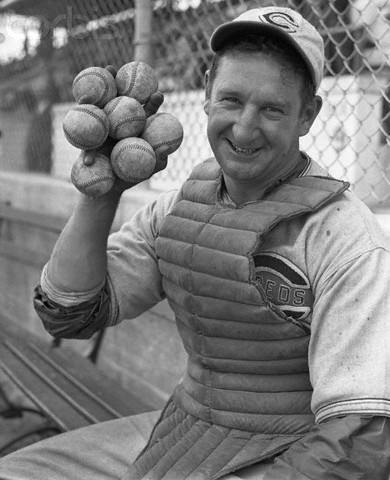
sure of the date, but from looking at other players I can identify in the photo, it appears to be between 1943 and 1945, part of his years with the Giants.
The 1939 World Series was between the Reds and the Yankees. The 1939 Yankees were considered one of the best teams ever. After three games, the Yankees led the series three games to none. The fourth game, played at Crosley Field, was tied 4-4 after nine and the game went into extra innings.
Frank Crosetti walked to start the tenth. After a sacrifice bunt, the Yankees’ burly right fielder, Charlie “King Kong” Keller grounded to shortstop Billy Myers, who booted it for an error, putting runners on first and third. The always dangerous Joe DiMaggio then strolled to the plate. What followed was one of the most chaotic plays in World Series history.
DiMaggio singled to right driving in Crosetti from third. Reds’ outfielder Ival Goodman fumbled the ball and hurried a throw to relay man Frank McCormick. Keller hustled around the bases beating the throw home and barreled into catcher Ernie Lombardi, hitting Ernie in the groin and knocking him to the ground.
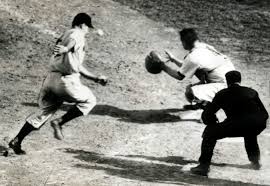
Ernie was in pain and momentarily dazed. DiMaggio, immediately sizing up the situation, raced around the bases and scored while the ball was just a few feet away from the immobile Lombardi. Three runs had scored on a single! The New York press had a field day with the play and immortalized it as “Lombardi’s Big Snooze,” and that’s how it’s remembered in baseball lore even to this day.
According to baseball historian Bill James “Lombardi was the Bill Buckner of the 1930s, even more innocent than Buckner, and Buckner has plenty of people who should be holding up their hands to share his disgrace. Lombardi’s selection as the Series goat was absurd. The Yankees were already ahead three games to none and that DiMaggio’s run merely made the final score 7-4.”
Surely Ernie Lombardi deserves a better fate than to be remembered for this one unfortunate play which greatly tarnished the reputation of one of baseball’s greatest hitting catchers. The fact that Lombardi was so slow is a testament to just how great of a hitter he actually was. He hit over .300 for ten seasons and finished his 17-year major league career (1931-47), with a .306 average, 190 home runs, and 998 RBIs, despite infielders playing nearly on the outfield grass every time he came to the plate.
Only two other catchers in the Hall of Fame have a higher lifetime average than Lombardi. He won two batting titles (only catcher Joe Mauer has won more), and threw out an astonishing 47% of potential base stealers. He was the National League MVP for 1938, and was selected to eight All-Star teams. Ernie was a member of two pennant winners, and the 1940 World Series champion Reds.
Ernie Lombardi is included in Lawrence Ritter’s book “100 Greatest Baseball Players of All Time.” He was overlooked by the Hall of Fame until nine years after his death, and died a broken man in 1977, bitter over his snub by the Hall.
So let’s take a moment to remember a fine ballplayer who deserves a better fate than to be remembered for one unfortunate play in the World Series.
Gary Livacari
Check out my latest book, recently nominated for the SABR 2020 Lawrence Ritter Award: “Reflections on the 1919 Black Sox: Time to take Another Look,” now available on Amazon in e-book and paperback. All profits go to the Illinois Veterans Foundation: https://amzn.to/2uk6KBU
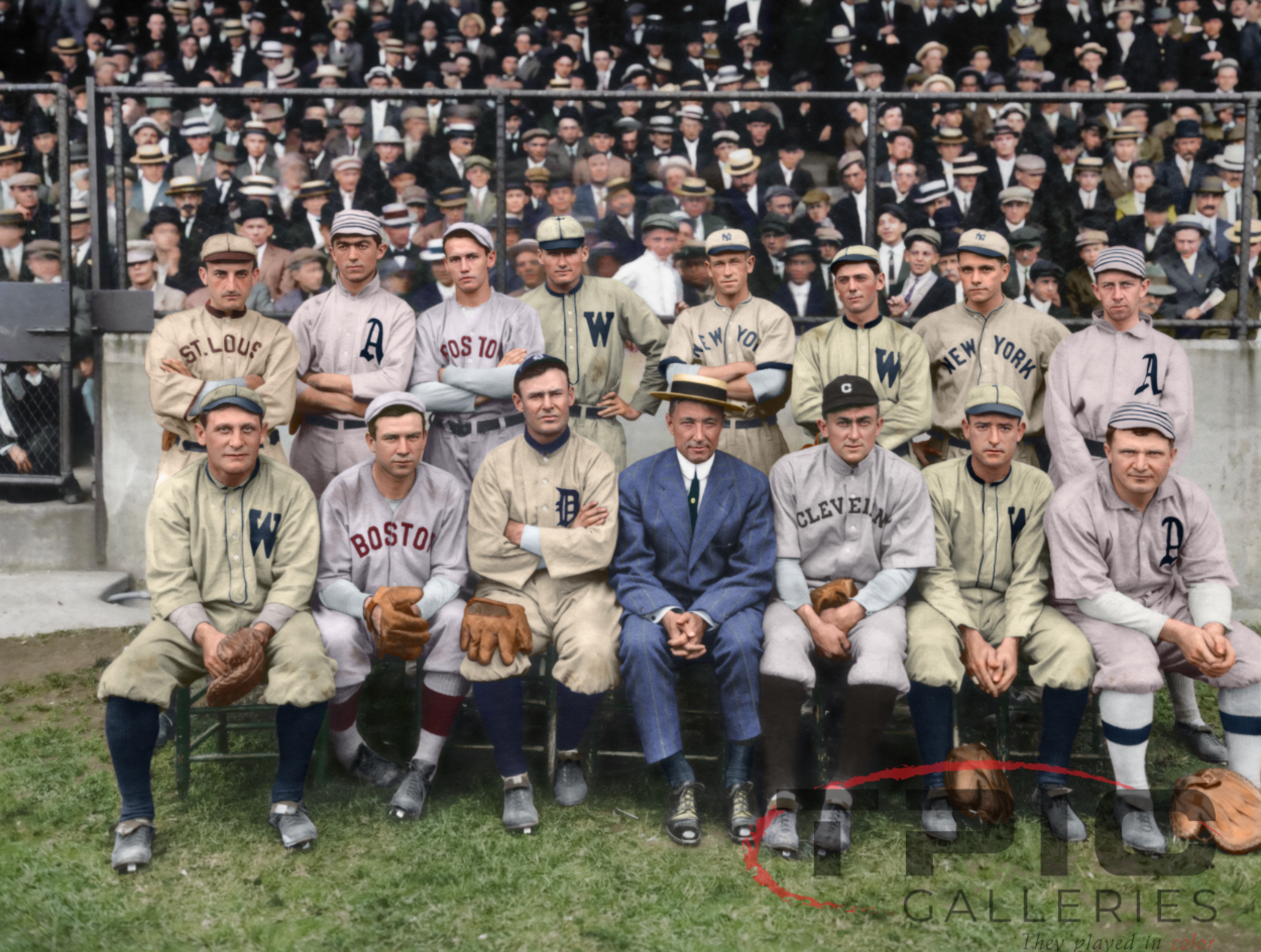
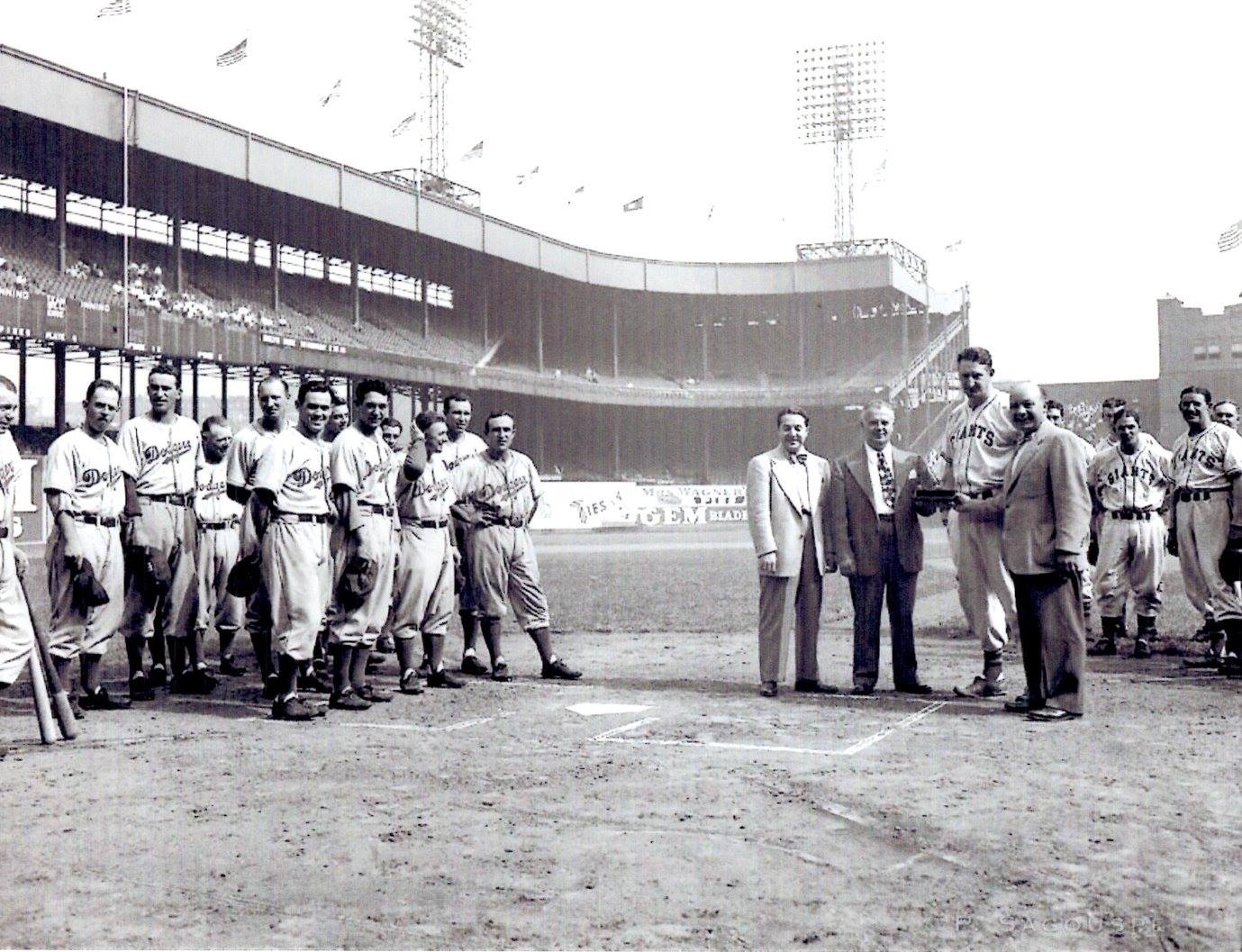
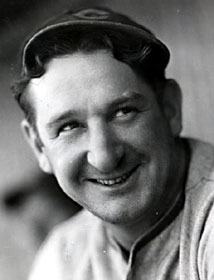
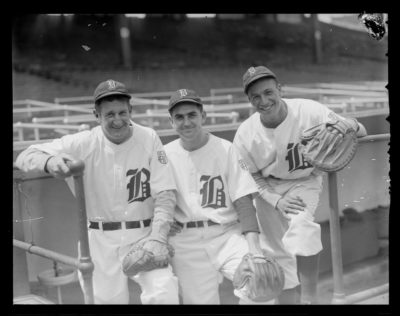
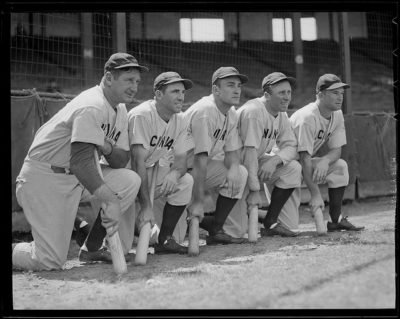
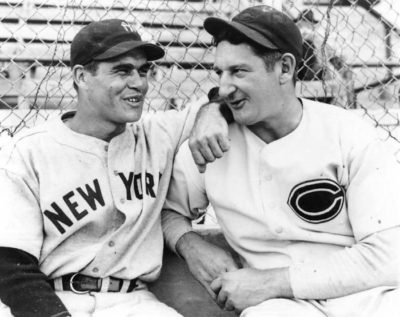
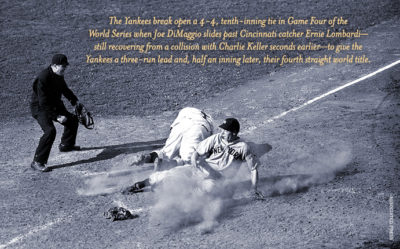
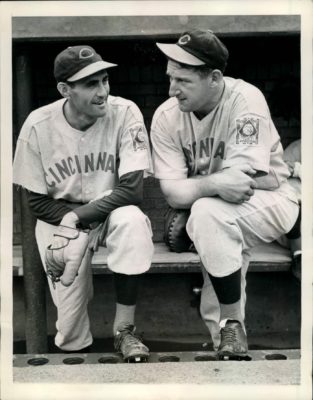
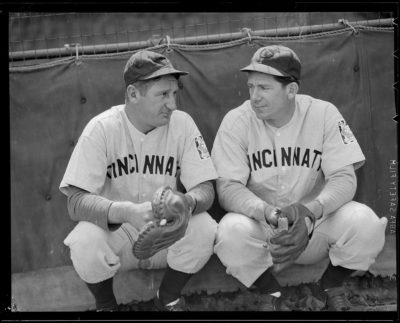
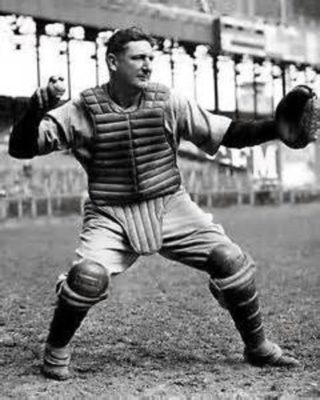
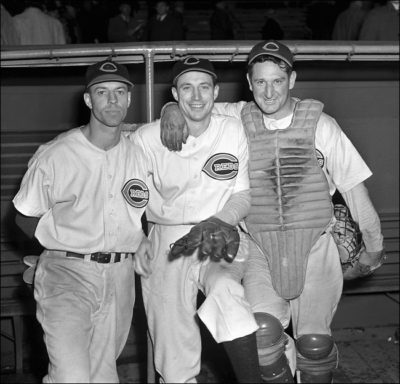
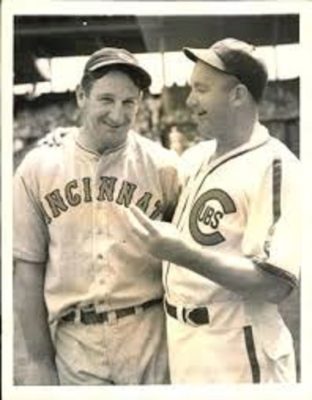
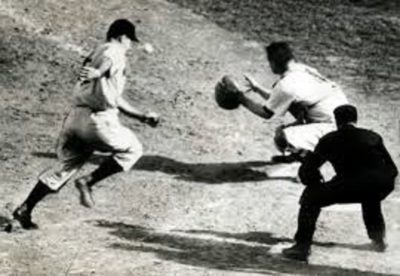
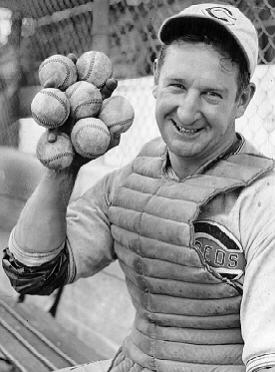
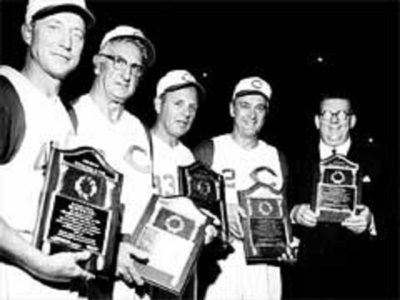
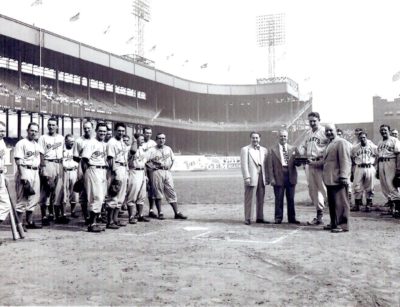
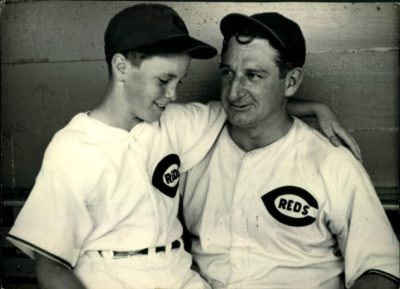
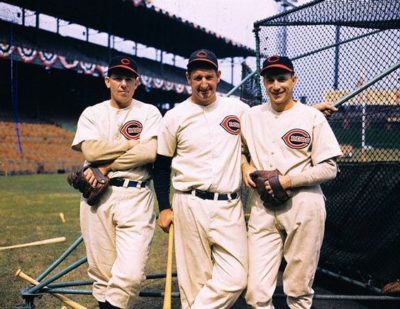
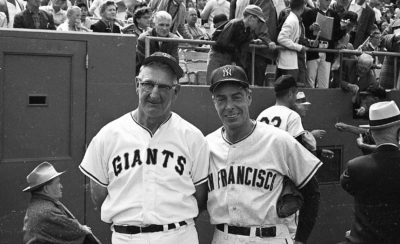
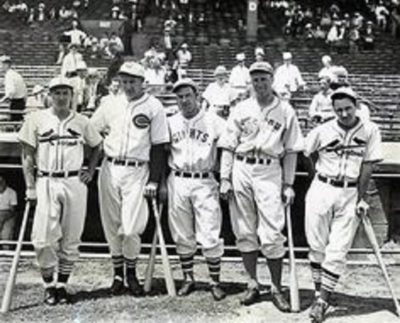
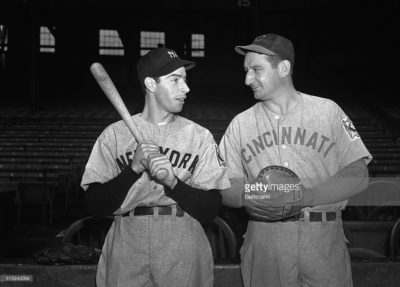
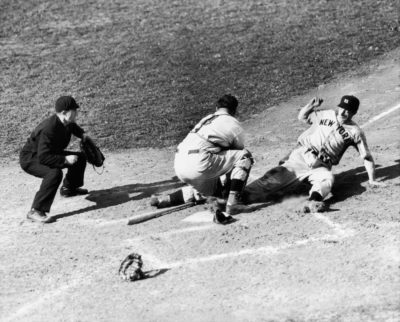
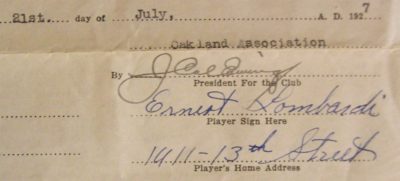
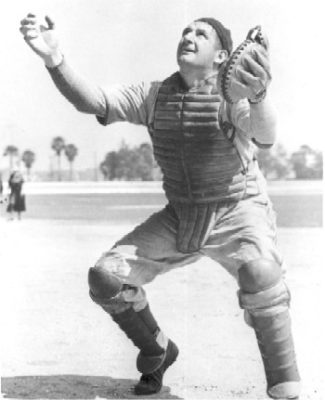

In many of these situations( add Fred Snodgrass’ muffed fly in the 1912 World Series), the game didn’t end right there. The team that suffered the miscue, still had a chance to come back and win, yet failed to do so. Even in the Bill Buckner scenario, though that play ended the game, it was only game six. The Red Sox had a 3-0 lead in game seven and blew it. It’s never fair to blame one player for the loss of a team sport.
Sadly though, for guys like Ernie Lombardi, the press loves a scapegoat, and as every game has a winner and a loser, they’re happy to manufacture one, even if it isn’t fair.
Sadly, that’s very true Dave, very true…
Great post Gary! My father mentioned Lombardi as being one of the slowest runners ever. Apparently Lombardi’s famous lack of speed allowed infielders to play him as deep as their arms would allow. He once joked that for three years he thought Pee Wee Reese was an outfielder before he realized Reese was the Dodgers’ shortstop.
Although not a defensive whiz, Lombardi caught both of Johnny Van de Meer’s no-hitters in 1938 the year in which he won his MVP (the first of three in a row by Cincinnati Reds’ players).
Before this article I was barely aware of the play in question and looking at it in retrospect it’s gotten more coverage than it should have as Lombardi did nothing wrong on the play!
Thanks Mark, I always look for opportunities to help set the record straight about ballplayers who have been unjustly blamed for losing important games. The list includes Fred Merkle, Fred Snodgrass, Heine Zimmerman, Freddie Lindstrom, Hack Wilson, Ernie Lombardi, Mickey Owen, Bill Buckner just off the top of my head. I’m sure there’s a few more. Over the years I’ve written essays about all of them.
Gary, it is unfair to forever link Lombardi’s name to one and only one “snooze” in an important game. (I had forgotten that it occurred in a Series that was already three-games-to-one.)
On the other hand … I think it is fun to have World Series remembered for the players who, sadly, may have muffed groundballs or lost fly balls in the sun! I am grateful for the Bill Buckners and Fred Merkles and Ernie Lombardis of our great pastime. Their mistakes or “snoozes” become one more way to remember Series and great games.
Without that one play, Bill Buckner would have been just another great Boston Red Sox player — that one play keeps his name and his memory forever alive.